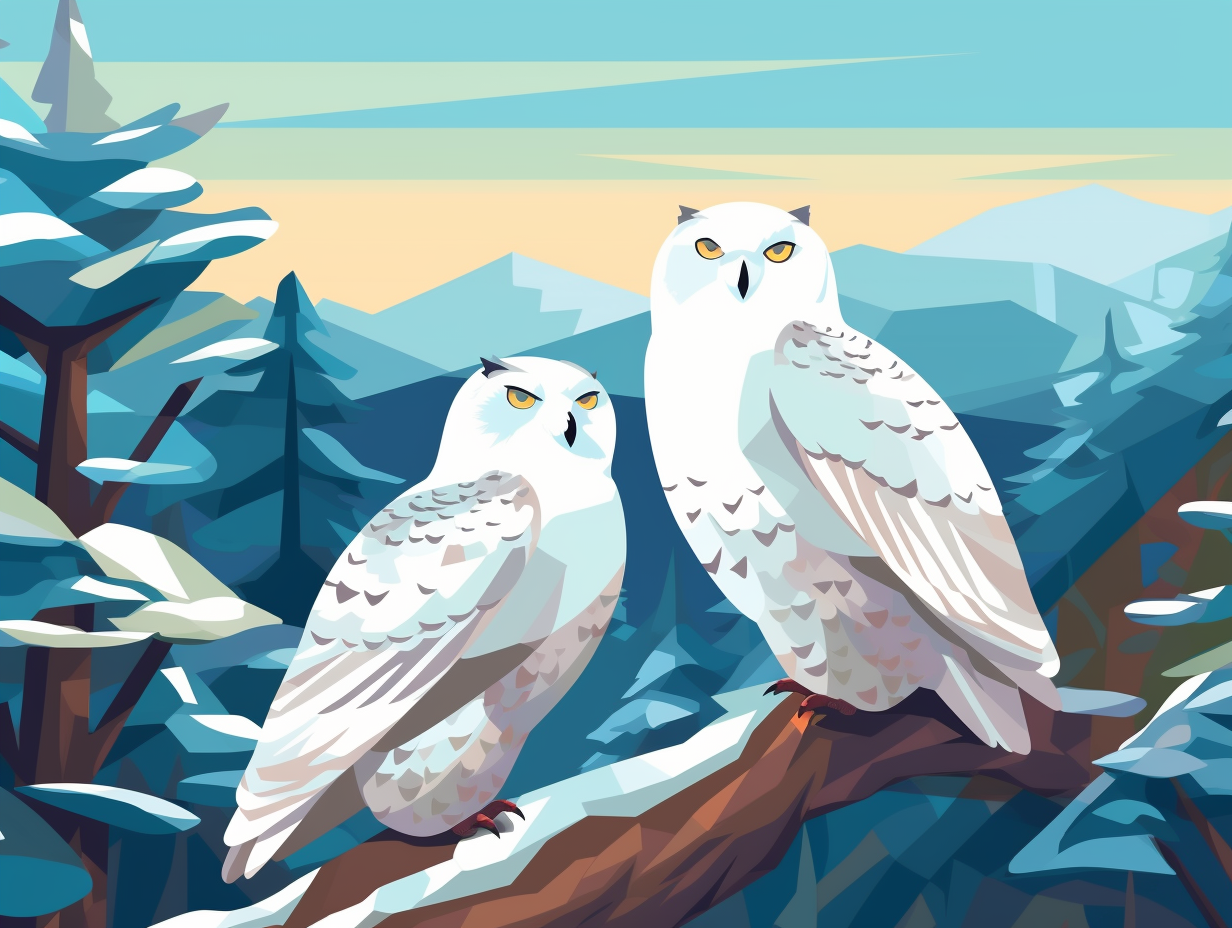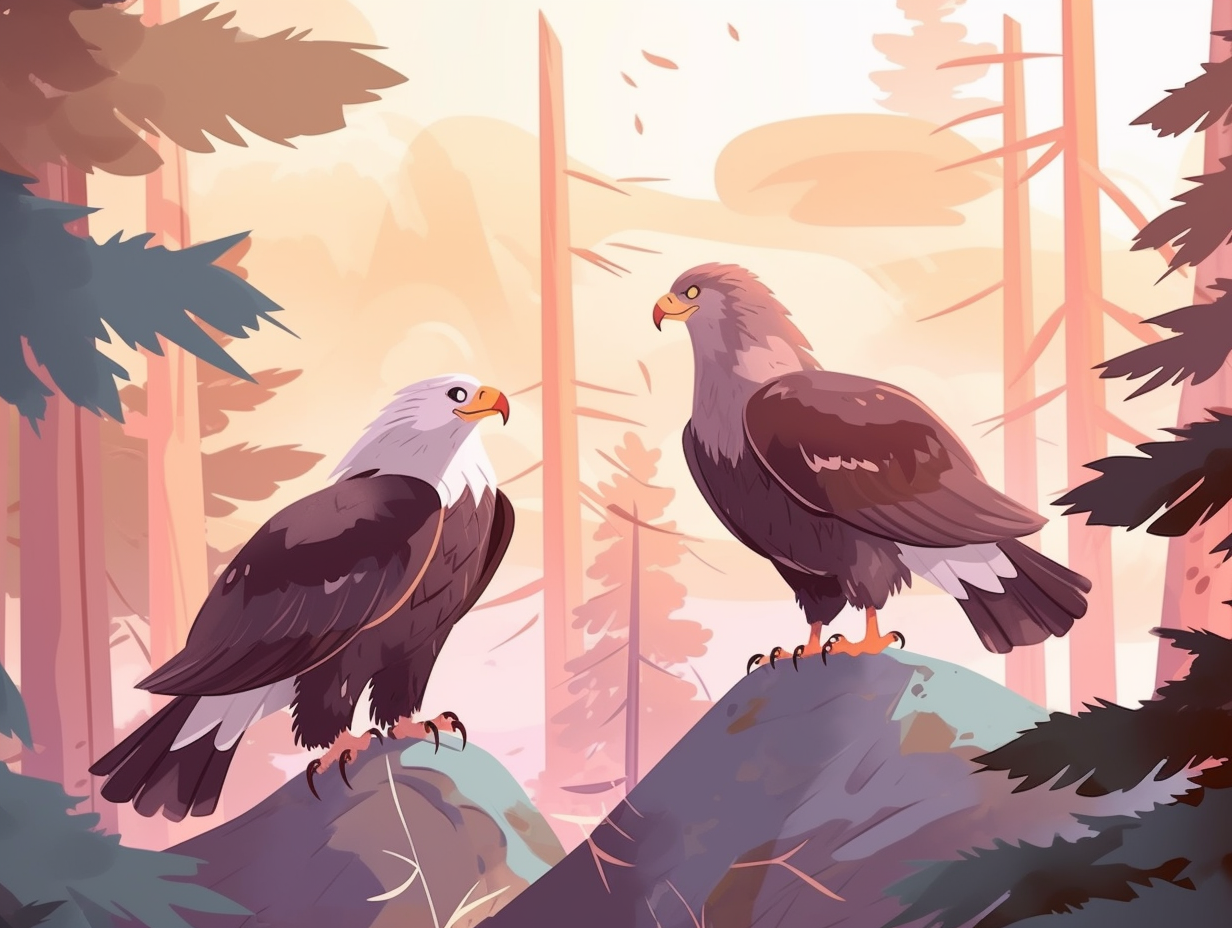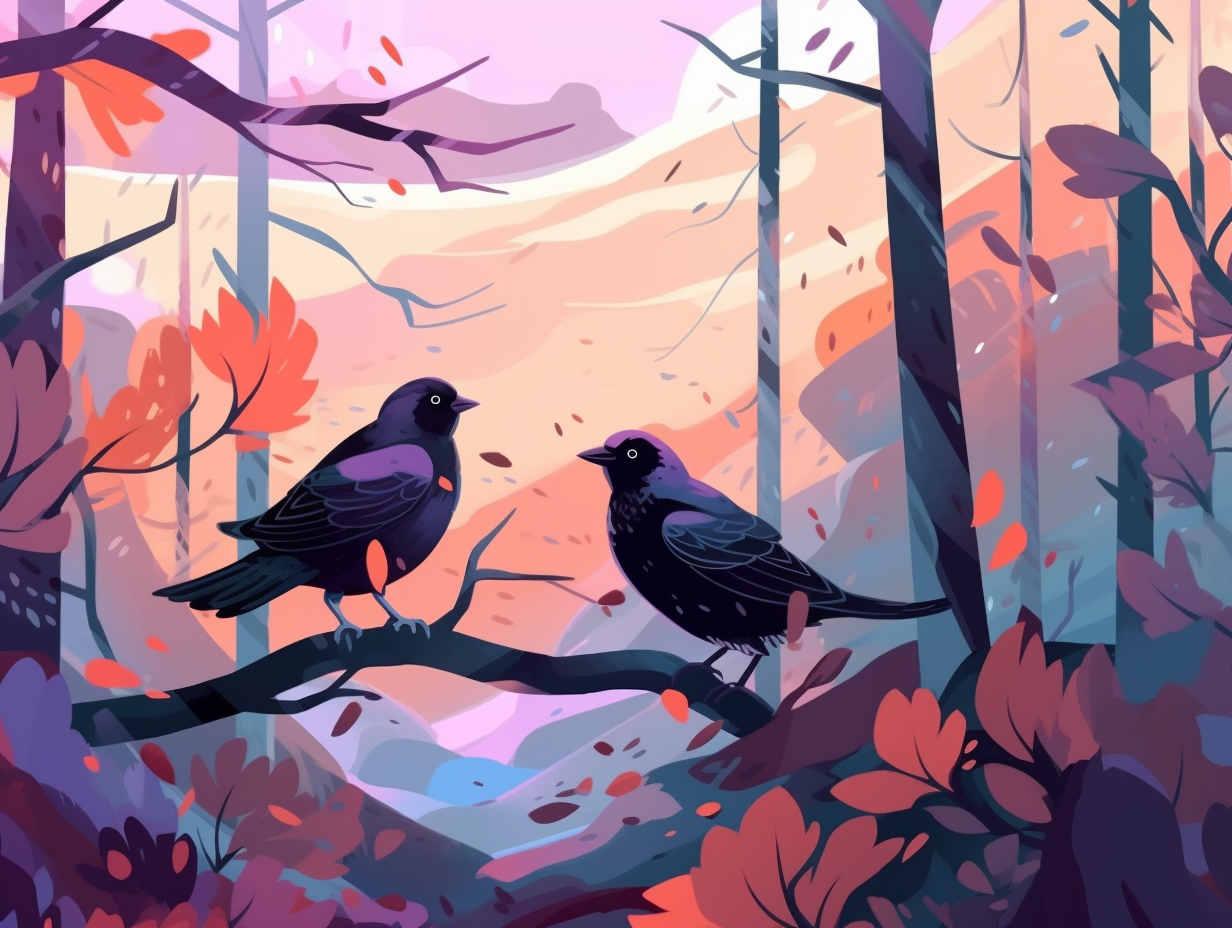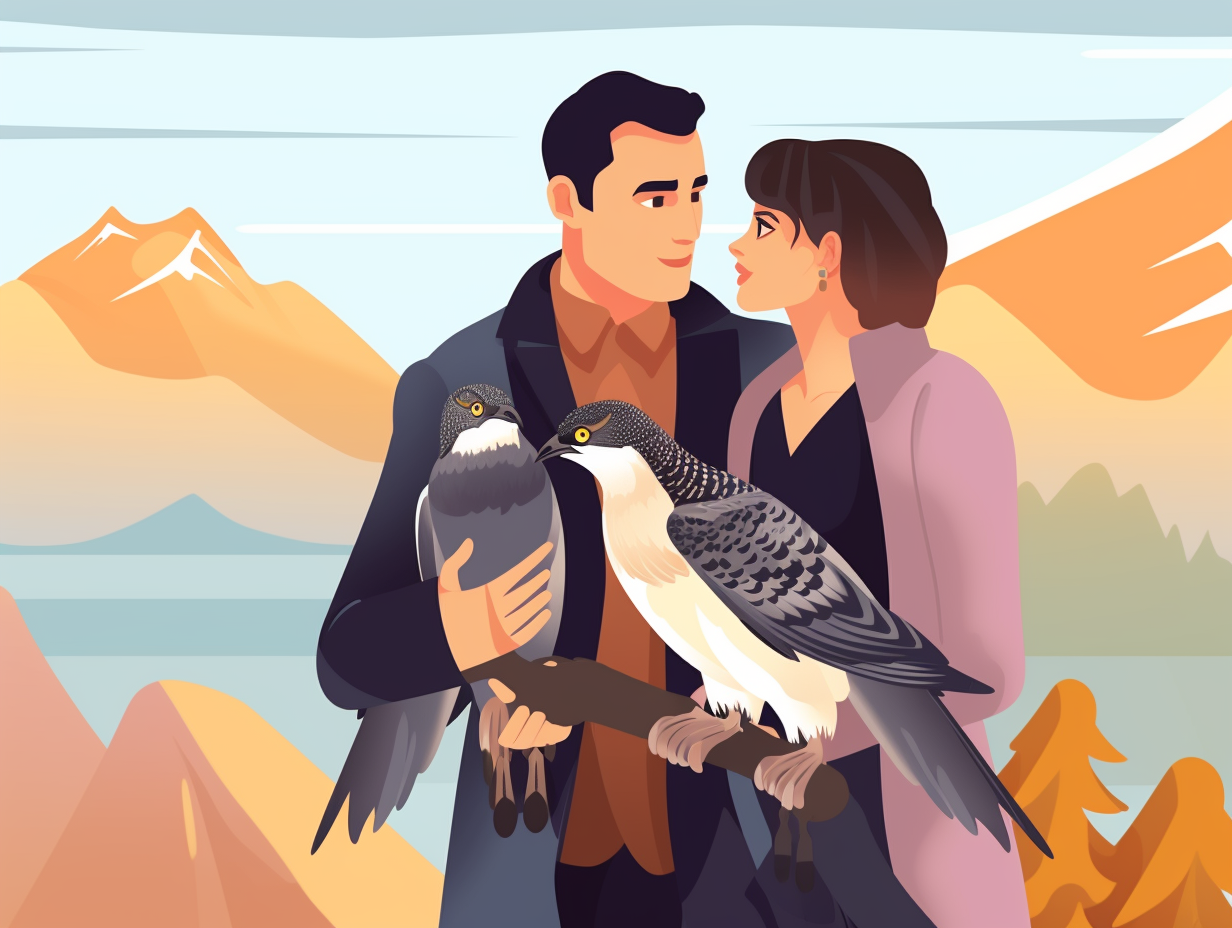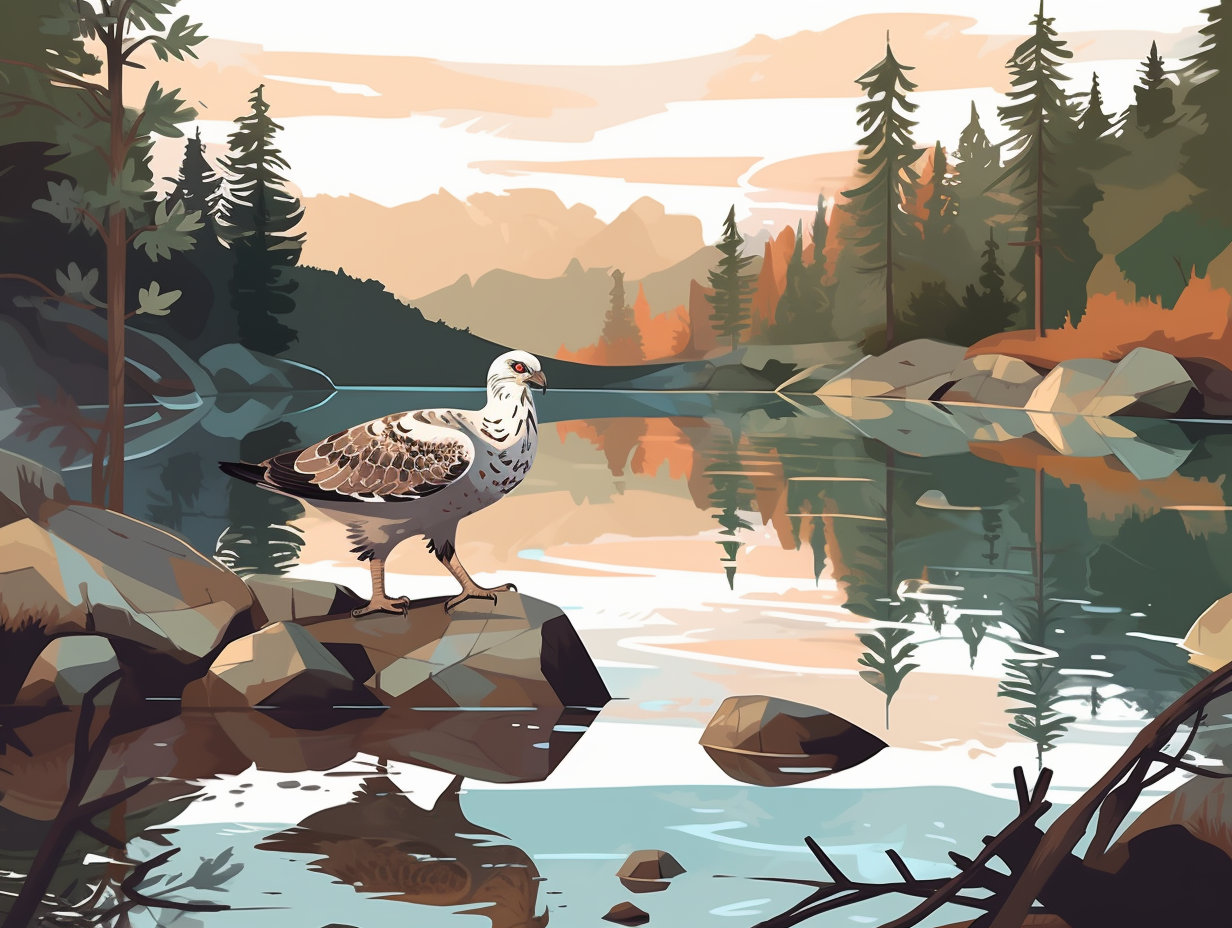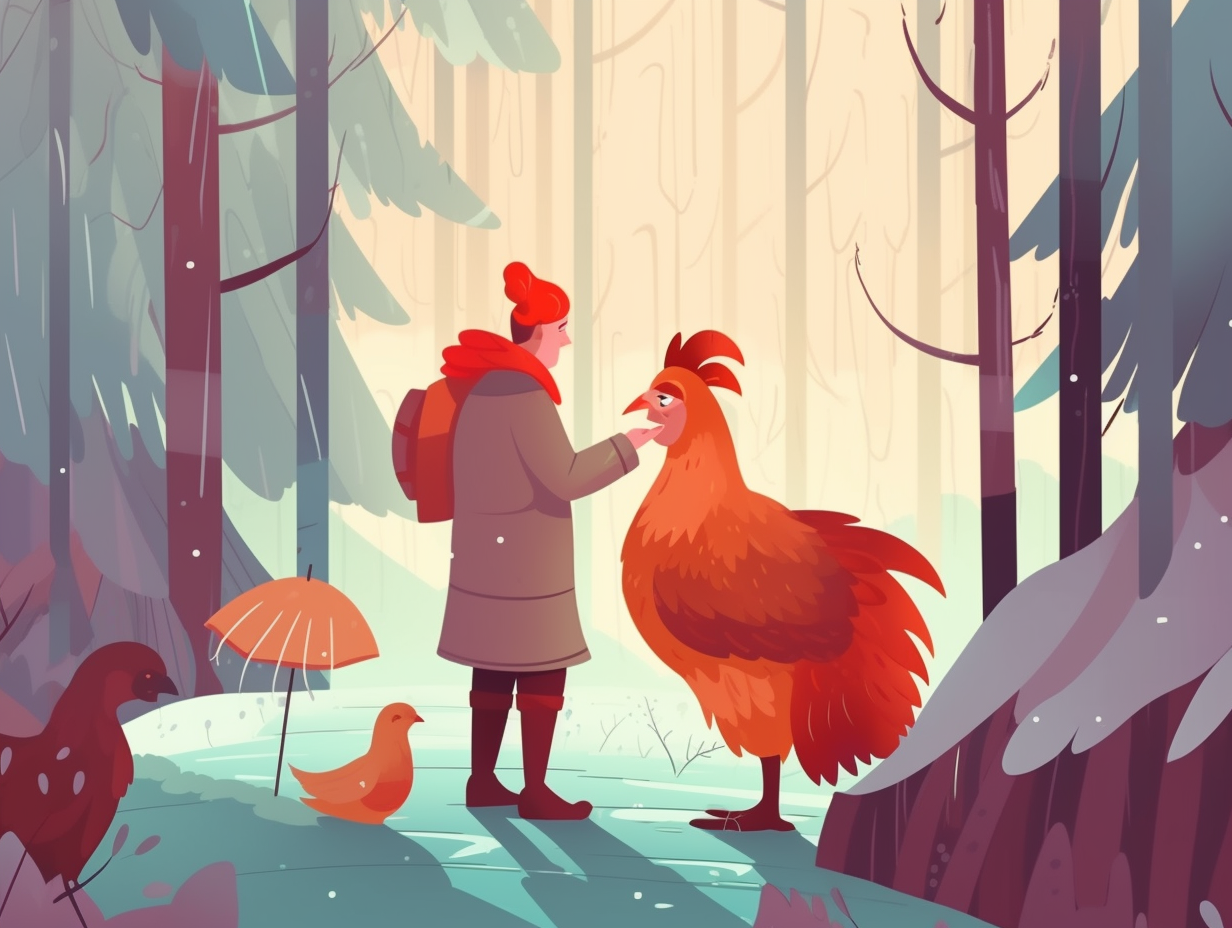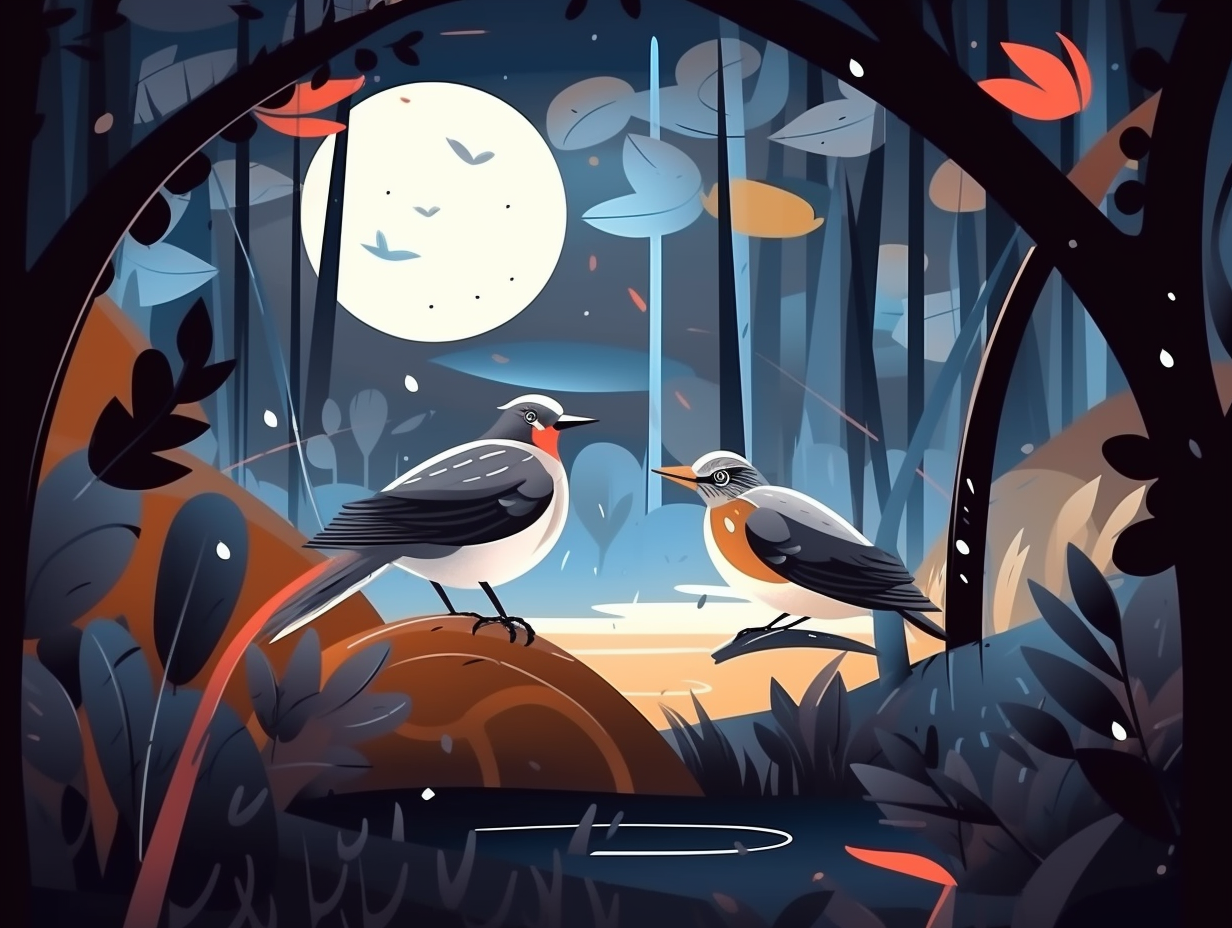Discover the World of Great Horned Owls: Top 9 Fun Facts You Can't Miss!
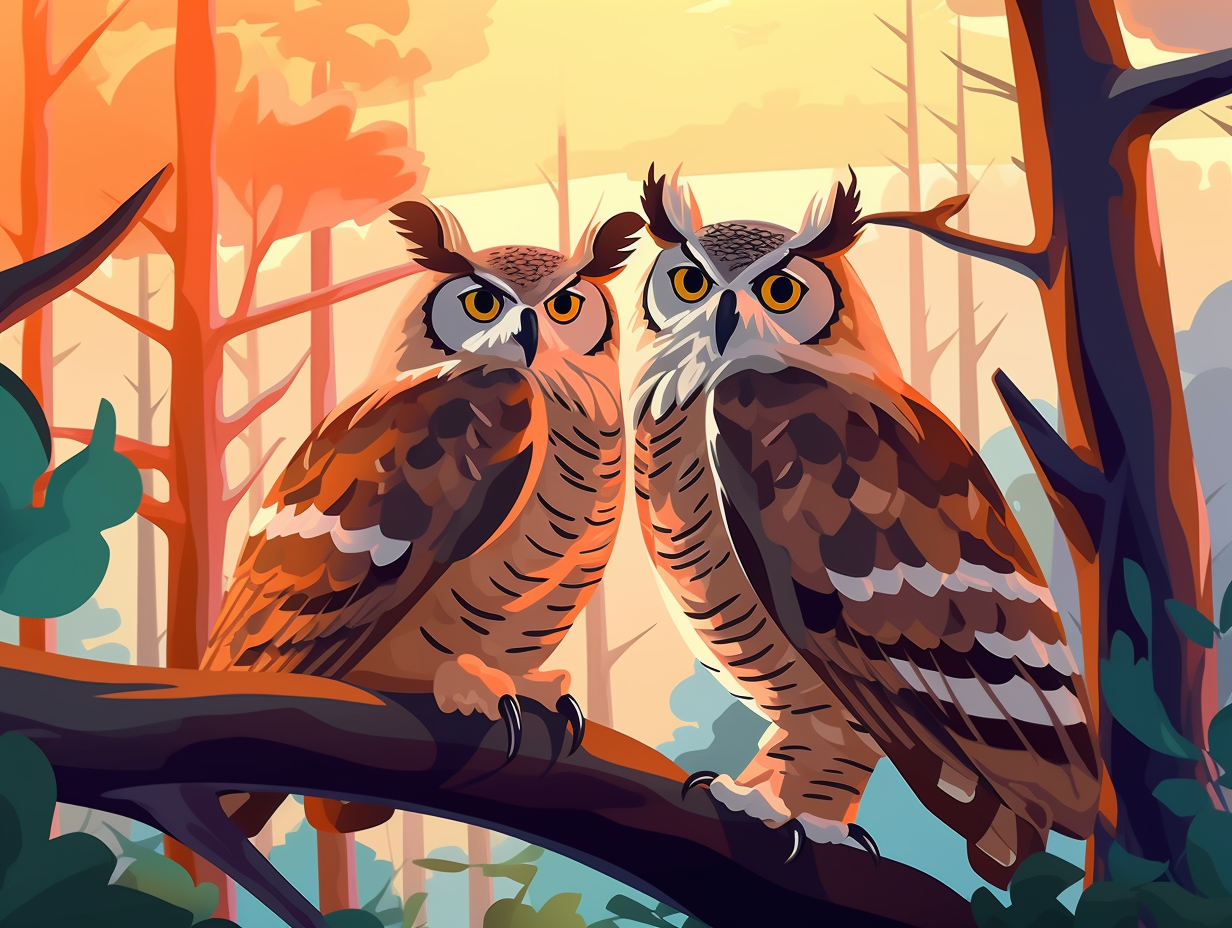
1. Feathery Ninjas
Ever wondered how great horned owls manage to sneak up on their prey like fuzzy feathery ninjas? Well, their secret is a wardrobe crafted by Mother Nature, tailored to perfection for stealthy sky maneuvers: These masterful avian assassins possess specialized wing structures, featuring comb-like serrations and soft fringes, as well as larger wings relative to their body mass, which all work in unison to minimize sound as they glide through the air – a trait they share with other stealthy species such as the Barn Owl.
Source => audubon.org
2. Neckercising Masters
You might call great horned owls the ninjas of the animal kingdom, stealthily swooping in for a kill like they're auditioning for a Kung Fu movie, but they're doing something even more impressive than mastering martial arts: synchronizing their eyes and ears to pinpoint prey with laser-like precision. Funny enough, their eyes can't just roll around like ours do – nope, they've got to turn their heads and stretch those necks for a jaw-dropping 270-degree performance: artfully detecting the slightest movements, these real-life neckercisers are the true masters of sight and sound in the wild.
Source => nationalgeographic.com

Did you know owls are nature's noise-cancelling headphones? Discover their secret weapon for precision hunting and how it benefits them in the wild! 🦉🔊✨
=> Fun Facts about Owls
3. Nest-crashing Airbnb Pros
These great horned owls have mastered the Airbnb game like no other bird: they effortlessly seize nests from their hawk and eagle neighbors for their own use, but if needed, they can whip up a DIY home from sticks, grasses, and debris. Their carefree nesting style sets them apart from their smaller owl cousins who need a cozier spot for their eggs and owl babies.
Source => bendsource.com
4. Owl-style Arm Wrestling
The next time you plan to arm wrestle an owl, remember, it's not a hoot: Great horned owls possess a remarkably strong grip strength, with their talons capable of exerting pressures of 200 to over 500 psi (pounds per square inch), rivaling that of the mighty bald eagle!
Source => wildlifeimages.org
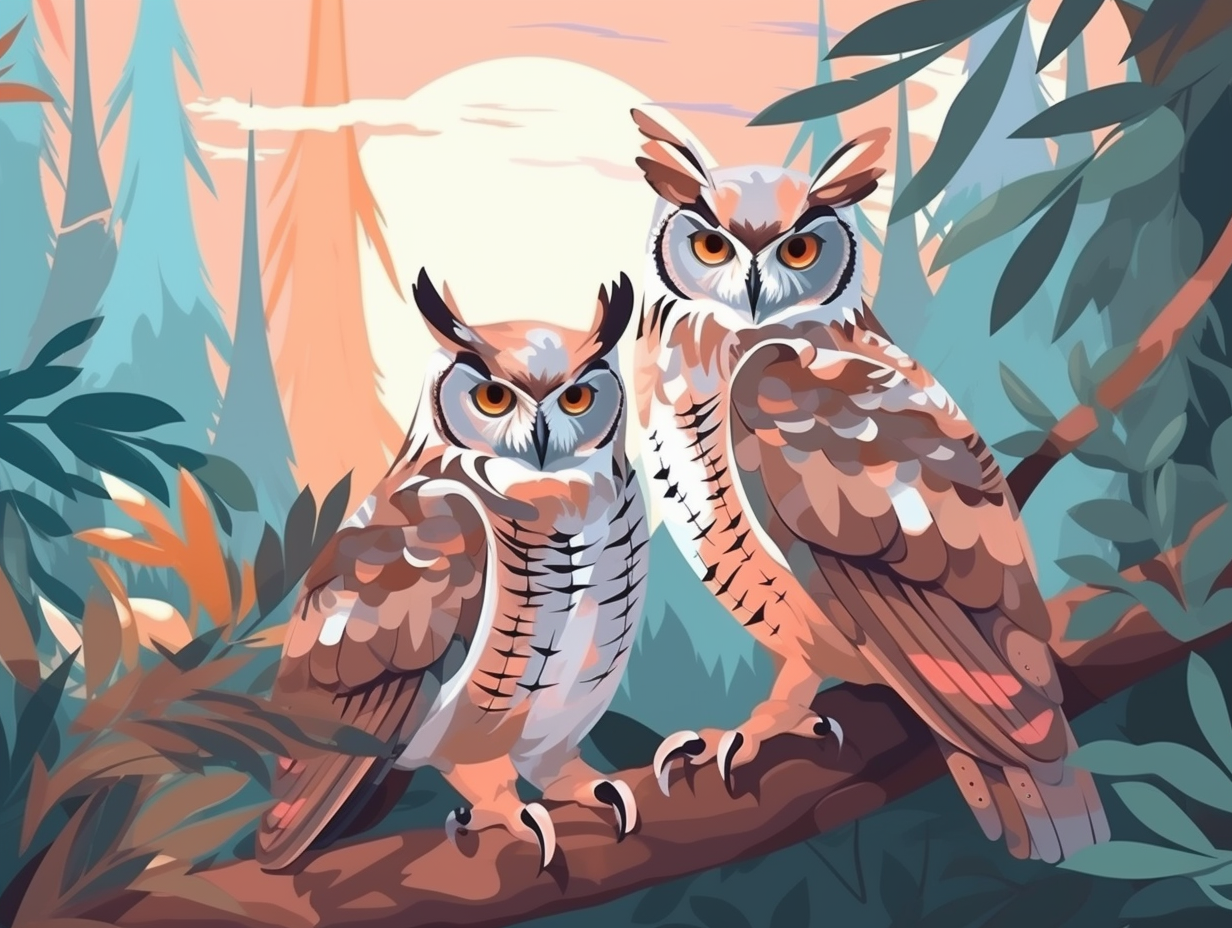
5. Hoot-couture Headpieces
Forget hoot-couture: the great horned owl's headpieces aren't just feathery accessories, but mysterious tufts that double as a puzzling fashion riddle. The serious reveal: these ear tufts, also found on other bird species, are believed to serve various purposes, including camouflage, courtship displays, aggression, and communication - but they definitely don't assist in owl-to-owl conversations.
Source => thespruce.com
6. All-you-can-eat Buffet Champs
When it comes to the great horned owl's appetite, they put buffet enthusiasts to shame with their "all you can eat" approach to dining: These feathery gourmands enjoy a smorgasbord of cuisine, feasting on mammals, birds, reptiles, amphibians, fish, and even creepy crawlies like spiders and centipedes.
Source => zooidaho.org
7. Fountain of Youth Owls
Whoever said age is just a number evidently had a great horned owl for a pet: While these majestic creatures can live up to 13 years in the wild, being pampered in captivity seems to work wonders for their longevity – they've been known to live over 25 years, and some feathery overachievers have even made it to the big-five-oh!
Source => a-z-animals.com
8. Spine-snapping Talons
These great horned owls aren't just winging it when it comes to grip strength – they have a talon-t for snapping spines with gory gusto: Possessing an impressive vice-like grip that exerts over 2000 kilopascals (300 pounds per square inch) of pressure, great horned owls use this power to take down an impressive variety of prey, from mammals, birds and reptiles to amphibians, insects, and even skunks – talk about diverse tastes!
Source => hawkmountain.org
9. Frostbite Warriors
Chilly, owl be back! Great horned owls can give Arnold Schwarzenegger's Mr. Freeze a run for his money when it comes to braving the cold: These feathery frostbite warriors can keep their eggs warm and snug even in icy temperatures as low as -13 degrees Fahrenheit (-25 degrees Celsius), enduring the frigid freeze for up to 20 minutes while they serenade their rivals with a hootin' duet alongside their mates.
Source => allaboutbirds.org
Related Fun Facts

